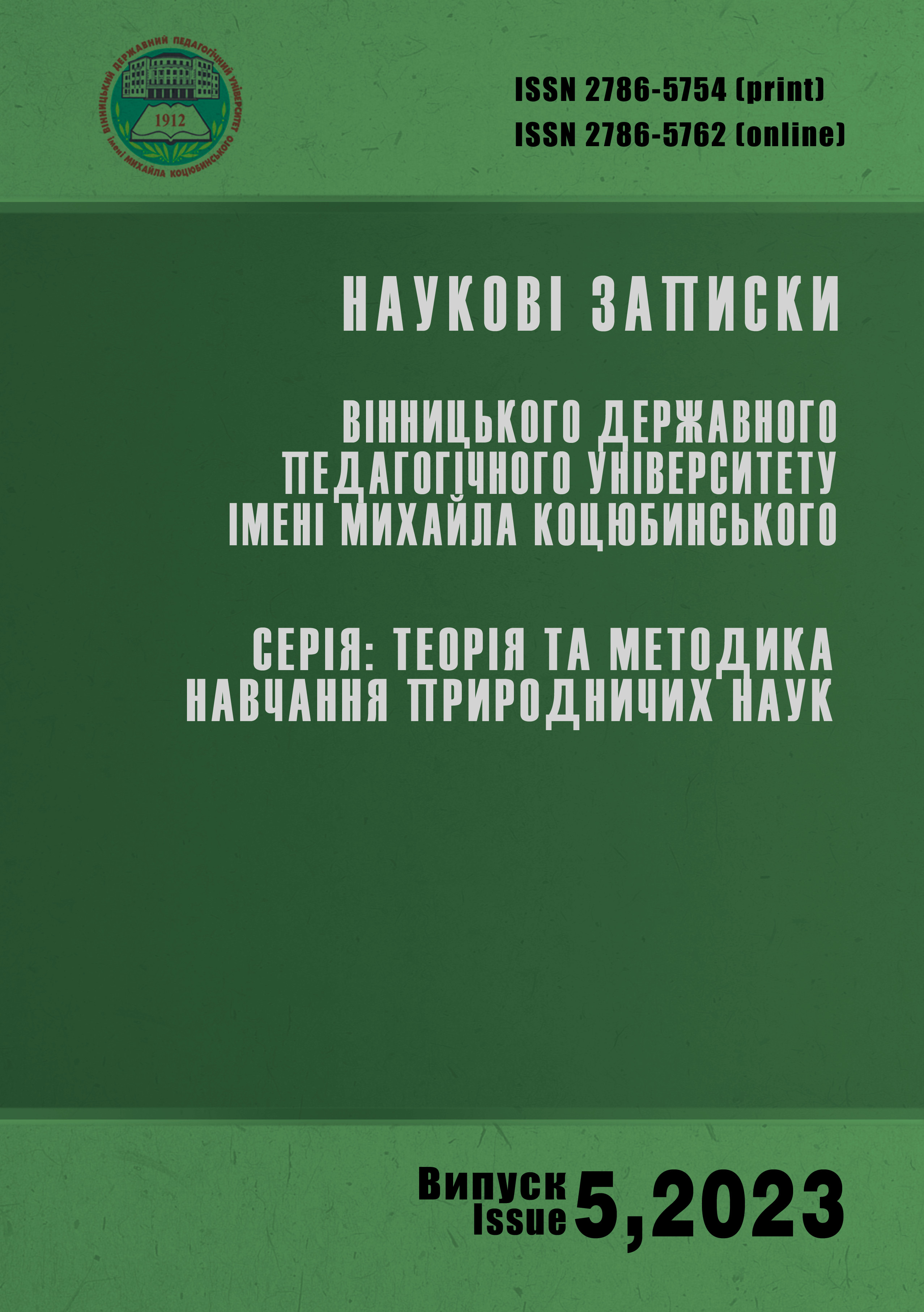Abstract
The article describes the structure and content of the physics textbook «Laboratory work using cloud technologies» for students of vocational higher education institutions. The importance of modernizing the educational process in physics in general and approaches to conducting laboratory work in particular using the methods of modern information and communication and cloud technologies are analyzed. The importance and advantages of digitization of the educational process in physics through the use of cloud services, virtual laboratory works, simulators, mobile applications, flash animations, etc. are substantiated. The theoretical and practical blocks of the manual are described in detail. The theoretical unit is represented by three sections and is filled with didactic and methodical materials that contain recommendations, advice and rules for organizing, preparing and conducting a physical experiment. The practical unit of the manual is represented by one section «Laboratory works», which presents instructions for seven laboratory works. A feature of such works is the use of virtual laboratories, simulators, and cloud environments for testing physical laws, researching physical phenomena, and determining physical quantities. The article provides an example of instructions for laboratory work «Determining the index of refraction of light at the boundary of separation of two media». The research presented in this experiment is carried out using the «Refraction of Light» physical simulator of the website Phet.colorado.edu - the website of the University of Colorado. The process of measuring the refractive index of light at the boundary between two media is described in detail and step by step. The order of performing some tasks is illustrated by the corresponding screen images of the «Refraction of Light» physics simulator. The materials for surveying and monitoring the educational achievements of students are given, among which three directions of questions and tasks are singled out for the didactic purpose: to check the assimilation of knowledge, to check the formation of skills and abilities, to check the formation of beliefs. This manual has been tested in groups of students of the humanitarian profile of institutions of vocational pre-higher education. At the All-Ukrainian competition «Pedagogical OSCAR – 2023», the manual won the 2nd place in the nomination «Innovative approaches to the organization of practical training of students of vocational pre-university education».
References
Бучинська Д. Л. Використання хмаро орієнтованих технологій для удосконалення професійної діяльності викладача. Відкрите освітнє е-середовище сучасного університету. 2016. № 2. С. 120-126. https://doi.org/10.28925/2414-0325.2016.2.120a26
Демкова В.О. Лабораторні роботи з фізики засобами хмаро орієнтованих технологій. Вінниця: ТОВ «Вінницька міська друкарня», 2022. 88 с.
Демкова В.О. Формування експериментаторської складової фахової компетентності майбутніх учителів фізики та природничих наук в освітньому процесі з фізики: дис. на здоб. наук. ступ. канд. пед. наук: 13.00.02. Київ, 2020. 291 с.
Слободянюк І. Ю. Електронний навчально-методичний комплекс з фізики для учнів класів суспільно-гуманітарного напряму. Інформаційні технології і засоби навчання. 2019. Том 74. №6. С. 43–55. https://journal.iitta.gov.ua/index.php/itlt/article/view/3164/1593
Фет-симулятор з фізики «Заломлення світла». https://phet.colorado.edu/sims/html/bending-light/latest/bending-light_en.html

This work is licensed under a Creative Commons Attribution 4.0 International License.
Copyright (c) 2023 Віта Демкова

